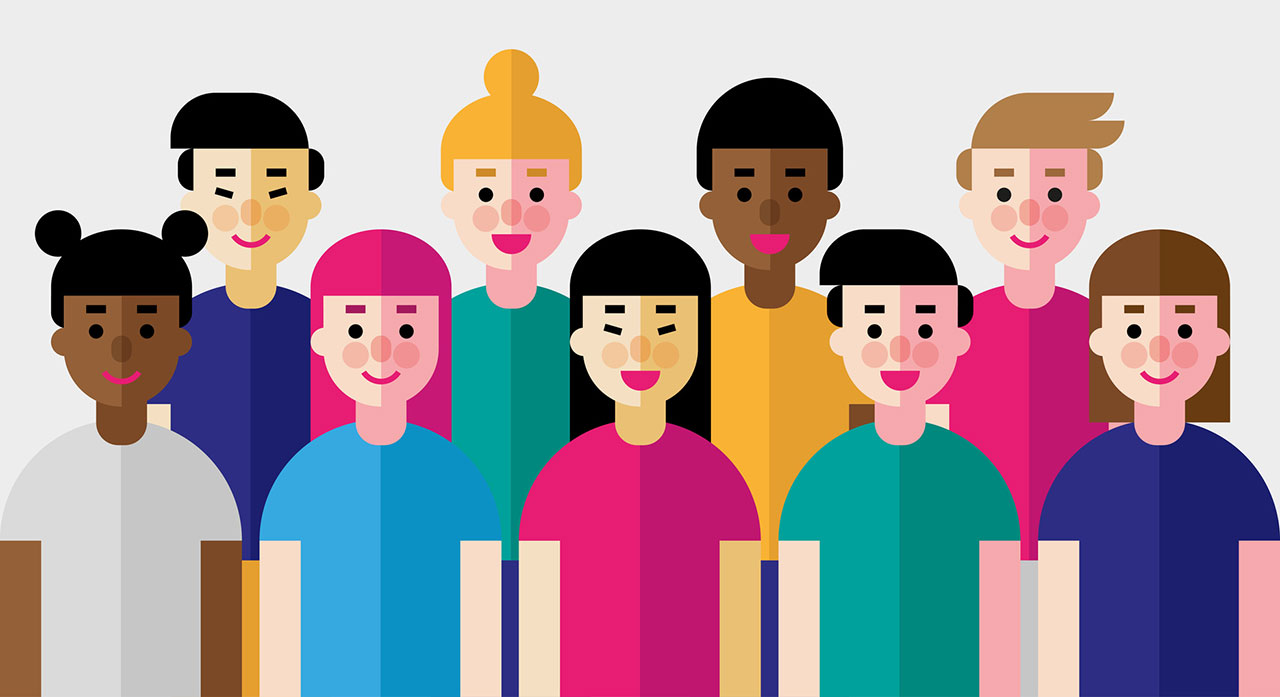Introduction
Back to: Cultural Standards
When dealing with individuals from different cultural backgrounds – as you do as volunteers working with refugees and asylum seekers – usually there is a need for a better understanding of their thinking, their norms and values. We hope to improve our communication processes by getting infomation on different nations, regions and groups.
 anitakeff, fotolia
anitakeff, fotolia
Many psychologists, sociologists and other researchers made efforts to collect and analyse data on certain cultures and to present them in a systematic way.
A very popular approach to gain this information is the model of Cultural Standards proposed by Alexander Thomas (2010). The idea is to identify a set of values, norms, symbols and acting patterns that are typical for a certain culture.
Thomas assumes that intercultural communication processes can be performed more successfully when the persons or groups involved know the cultural standards of their communication partners. The approach has the aims to raise awareness towards cultural differences and to improve understanding and sensitivity in intercultural communication.
In this course section we will introduce the model of Cultural Standards, its implications, benefits and handicaps.